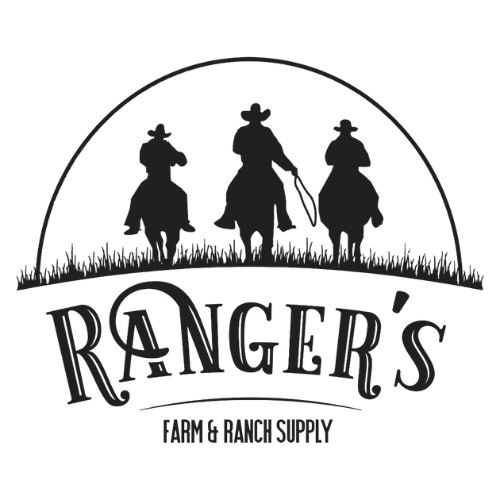Summertime brings more than sunshine—it also brings flies that irritate your animals, stress them out, and cut into weight gain and performance. Studies show horn flies can depress yearling weight gains by as much as 18% Effective fly control isn’t just about comfort—it’s about health, growth, and herd productivity.
Take an Integrated Fly Control Approach
The best results come from combining methods—targeting flies at multiple stages in their life cycle:
1. Chemical Control
- Ear tags & dust bags: Use insecticide-impregnated ear tags when fly numbers exceed ~50/h side; rotate insecticide types to prevent resistance
- Pour-ons & sprays: Provide 7–21 days of relief—reapply every 2–3 weeks during peak season
- Oral larvicides: Growth regulators in minerals halt larvae development—convenient and effective
2. Biological & Environmental Control
- Sanitation: Spread or compost manure to dry it quickly—fly eggs need moist pats to survive
- Beneficial insects & birds: Encourage dung beetles, parasitic wasps, and tree swallows—natural fly patrols that cut populations significantly
Timing Is Key in Fly Control
Effective fly control starts early—not too early. Begin monitoring for horn flies, but delay chemical treatment until July when populations rise . Staying consistent—reapplying pour-ons and refreshing tags—ensures coverage through peak season.
Long-Term Benefits
Consistent, integrated fly control leads to:
- Higher weight gain in calves and yearlings
- Reduced stress and fewer fly-borne disease issues (like pink-eye)
- Better grazing and feed efficiency
Ready to Tackle Flies This Summer?
Visit Rangers Farm & Ranch Supply for a full lineup of fly control products: tags, pour-ons, dust bags, and oral larvicide minerals. We’ll help you set up a fly defense plan that fits your operation and keeps your herd healthy and productive all season.



